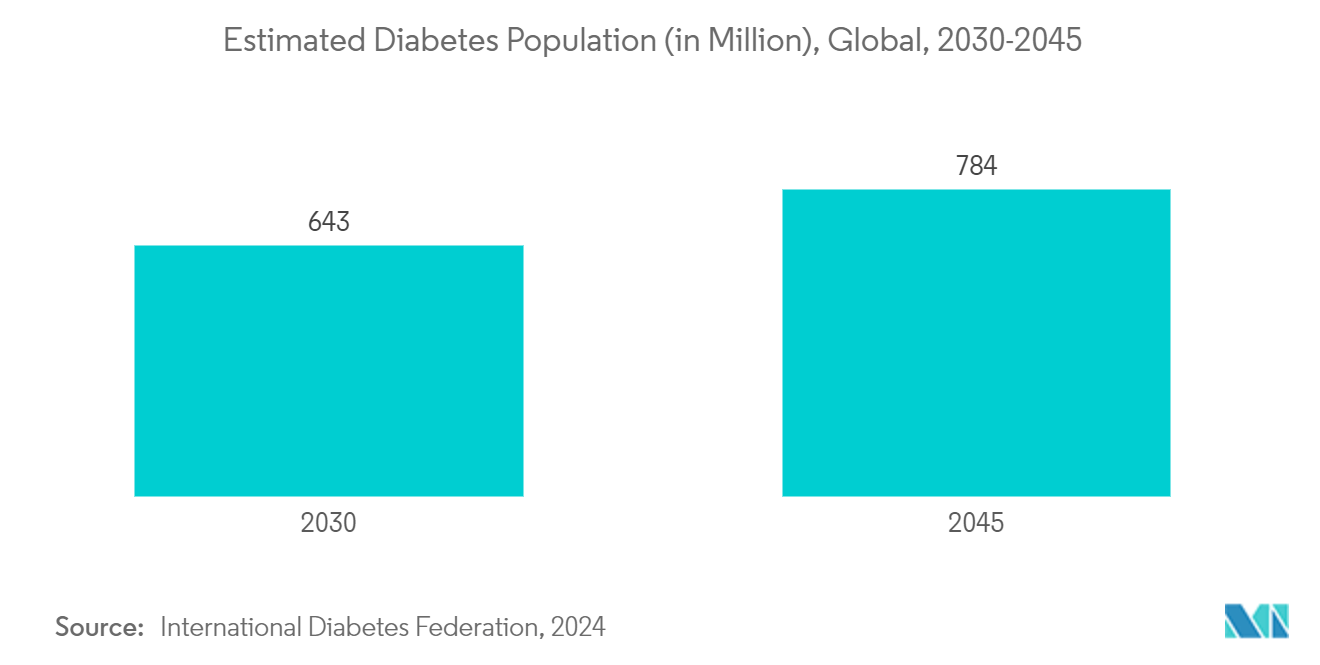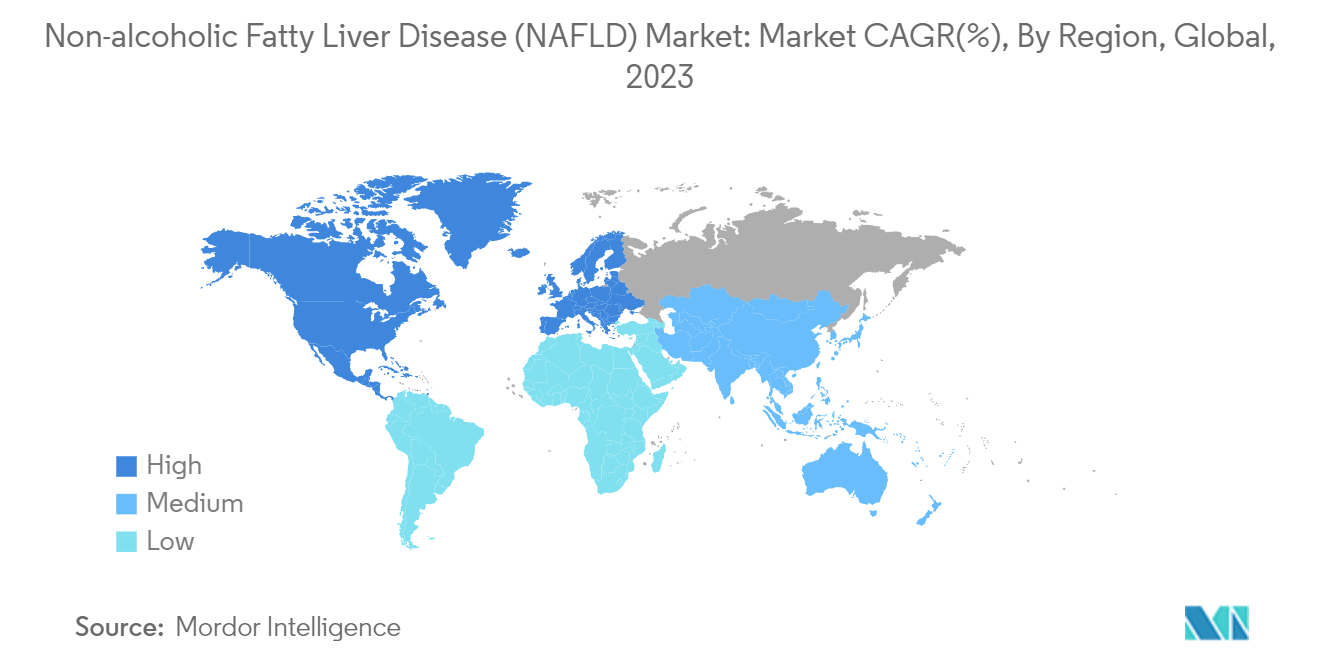Market Trends of Non-Alcoholic Fatty Liver Disease (NAFLD) Industry
The Fibrosis Treatment Agents Segment is Expected to Witness Significant Growth During the Forecast Period
Fibrosis treatment agents are used for the treatment of non-alcoholic steatohepatitis (NASH), a severe form of non-alcoholic fatty liver disease (NAFLD), characterized by liver inflammation and damage caused by a buildup of fat in the liver, and hypertriglyceridemia. Factors such as the rising prevalence of NASH, the rising rate of obesity and type 2 diabetes, and the increasing number of research studies evaluating the effectiveness of using anti-fibrotic agents in treating NAFLD are expected to boost the segment's growth during the forecast period.
Due to the high prevalence and severe complications associated with NASH, there has been a concerted effort to develop effective treatments. For instance, data from the Global Liver Institute, published in June 2023, projected that by 2030, approximately 357 million individuals will be affected by NASH. Consequently, this anticipated surge in NASH patients increases their risk of developing fibrosis, which amplifies the demand for effective drugs, intensifying the market's need for innovative drugs and driving the segment's growth.
Various studies were conducted to identify potential drugs for the treatment of patients with non-alcoholic fatty liver diseases. For instance, according to an article published in the New England Journal of Medicine, in June 2023, researchers at the University of California San Diego School of Medicine discovered a promising drug, Pegozafermin, for treating non-alcoholic steatohepatitis (NASH). The study highlighted that Pegozafermin mimics fibroblast growth factor 21 (FGF21), a naturally occurring liver-secreted peptide hormone.
In addition to the above context, FGF21 plays a crucial role in the body, regulating energy use, lipid metabolism in the liver, and managing blood glucose and insulin levels. These functions contribute to reducing body weight and liver fat. The study revealed that Pegozafermin leads to improvement in fibrosis and alleviates inflammation and liver injury. Furthermore, it shows marked improvements in various non-invasive biomarkers associated with NASH activity and scarring. Given these findings, the demand for Pegozafermin in the market is expected to surge, driving the segment's growth.
Therefore, owing to the rising development of novel drugs by researchers and the increasing strategic initiatives by companies to fuel the availability of novel drugs in the market, the studied segment is expected to grow during the forecast period.

North America is Expected to Hold a Significant Share in the Market During the Forecast Period
North America is expected to witness significant growth in the market during the forecast period owing to factors such as the rising prevalence of non-alcoholic fatty liver disease, the increasing burden of obesity and type 2 diabetes among the population, growing awareness about NAFLD and its potential progression to NASH, increasing public health campaigns and programs, and activities of key players in the region.
The rising prevalence of non-alcoholic fatty liver disease (NAFLD) is a primary driver of market growth in the region. For instance, data from UC San Diego Health published in August 2023 revealed that around 24% of adults in the United States are affected by NAFLD. This statistic underscores the heightened demand for therapeutics, further propelling the market's growth.
Moreover, the surging rates of obesity and diabetes, key risk factors for NAFLD, are concerning. For instance, data from the Government of Canada in March 2023 highlighted that nearly two-thirds of Canadian adults and one-third of children and youth are either overweight or obese. Similarly, the World Obesity Atlas in March 2023 projected a significant 2.1% annual rise in adult obesity rates in Mexico from 2020 to 2035. Additionally, the forecasted annual increase in childhood obesity in Mexico stands at a notable 3.3% for the same period. As cases of obesity and diabetes escalate, the demand for timely NAFLD treatment increases, suggesting a robust market growth trajectory in the coming years.
Government funding activities are accelerating the development of innovative drugs for treating NAFLD conditions, which is projected to drive the market's growth during the forecast period. For instance, data from UC San Diego reveals that in August 2023, researchers at the UC San Diego NAFLD Research Center, part of the University of California San Diego School of Medicine, received a grant of approximately USD 9.57 million. This funding aims to support a clinical trial exploring a new treatment option for patients with the disease.
Moreover, an increase in product launches and approvals from regulatory bodies is set to enhance the market's product availability, further propelling market growth in the coming years. For instance, in March 2024, the United States Food and Drug Administration approved resmetirom (Rezdiffra) for adults suffering from NASH (non-alcoholic steatohepatitis) and experiencing moderate to advanced liver scarring.
Therefore, with the rising burden of non-alcoholic fatty liver disease coupled with increasing risk factors such as obesity and diabetes, growing government funding initiatives, and new product approvals, the studied market is expected to grow during the forecast period.


